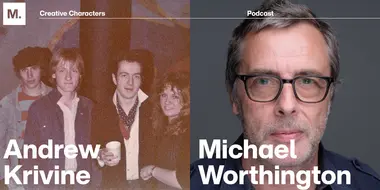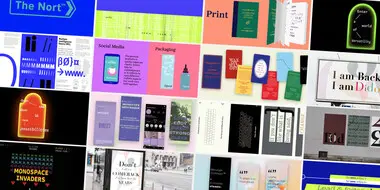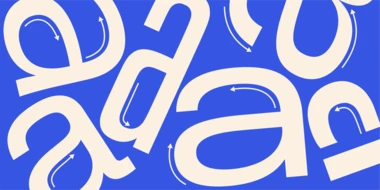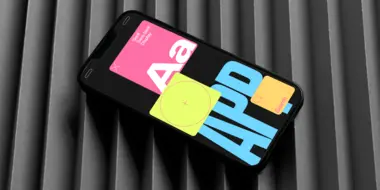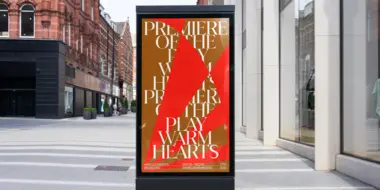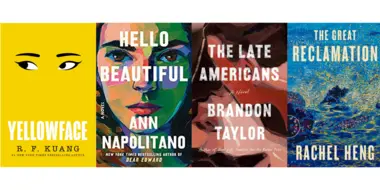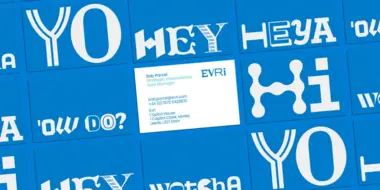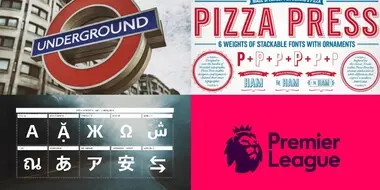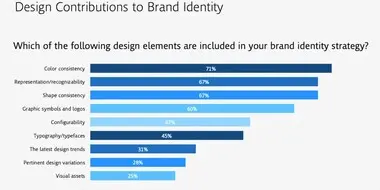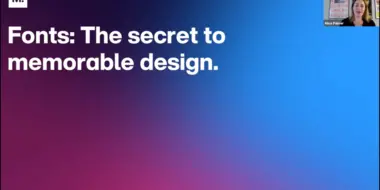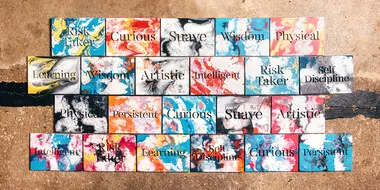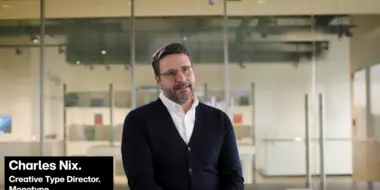Featured article.
Let’s look at some common font issues you might have already come across, and how Monotype Fonts can help you resolve them.
Let’s look at some common font issues you might have already come across, and how Monotype Fonts can help you resolve them.
Long gone are the days of zipping up folders of font files and sharing them across your organization, or even messier, embedding fonts in documents in the cloud in hopes that the design remains intact. We recently announced an expanded set of licensing rights which allows all employees within an organization to access Commercial Production Fonts in their desktop environments.
This week we’re welcoming Andrew Krivine, author and punk rock collector, alongside Michael Worthington, faculty at CalArts and co-founder of Counterspace. The creative duo is here to tell the tale of how they co-created the largest exhibition of punk and new wave graphics ever shown on the West Coast.
Over the past four years, we’ve been lucky to forge a reciprocal partnership with the Limerick School of Art & Design / TUS in Ireland. Both Creative Type Directors Tom Foley and Emilios Theofanous have now participated in workshops and modules at the leading fine art, design and creative media school. This year’s students were asked to write a message platform for one typeface and build a marketing plan and design assets to promote it in digital or print media.
Rebranding a business is not for the faint of heart. It’s an enormous operation that requires significant time and investment while offering the possibility of totally revitalizing a brand.
Legibility is a crucial consideration when trying to choose a font for your project. Here’s how to find a legible font that will be easy on the eyes for your readers and customers.
Launching a website or app? Your font choice is key to your success. Here’s how to assess the legibility, consistency, performance, and longevity of your font choice.
Find design inspiration in an age of information overload.
In this article, get a peek at recent and upcoming book releases in a variety of genres to get a sense of what typography styles are trending in publishing right now. This post is a guest piece from our friends at Reedsy, a website that connects authors with publishing professionals.
Today’s brands must keep up with a fast-paced digital world and navigate a “new normal” that’s still emerging from the worst of the pandemic. The last few years shifted everyone’s digital expectations, how brands operate, and in some cases, impacted their business models.
Today’s creative departments and agencies have their hands full. Watch now and hear from UK Type Director Tom Foley, who will outline some of the challenges facing modern creative teams, and walk through solutions your brand can consider.
Modern rebrands aren’t as simple as they used to be. In this webinar, Monotype’s Type Director, Tom Foley, is joined by Rick Sellars, Creative Director at Interbrand London to discuss the ins and outs for a successful rebranding.
Even complex brands are built on a basic structure: color, shape, fonts, and key visuals. But as the demands of modern consumers change, brands need to find ways to simplify and streamline their visual identity.
When it comes to your brand, your customers aren’t just evaluating your logo or your colors or the typography, they’re evaluating how your brand makes them feel. More than anything, brands are built on feelings—all the thought you put into design and the experience is simply in service of creating a feeling.
As people—and brands—continue sprinting toward digitally immersed experiences, a human, personal online presence will make a big difference. Here’s how can design help make that possible.
FS Renaissance is a handcrafted display font where each letter stands alone as a piece of art. Craig and Pedro recently shared their perspective on the concepts and creative process behind FS Renaissance.
Tom Rickner delivers a presentation on the now and tomorrow of variable fonts.
No matter how you look at it, 2020 will be a year that is studied in the history books. From a global pandemic, to economic instability, to mental health challenges, all of us are finding ourselves navigating an increasingly challenging and frightening world.
Get to a glimpse inside the Monotype Studio—the people, the process, and the problems they can solve for brands.

